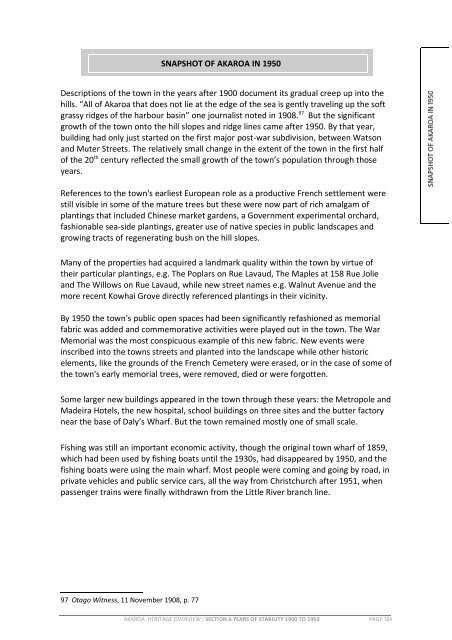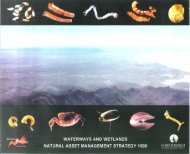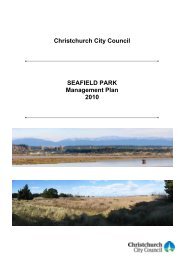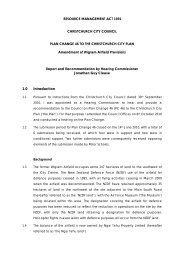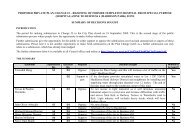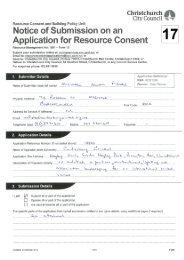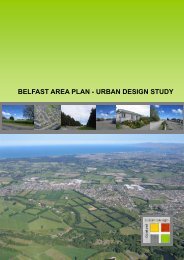Akaroa Historical Overview - Christchurch City Council
Akaroa Historical Overview - Christchurch City Council
Akaroa Historical Overview - Christchurch City Council
Create successful ePaper yourself
Turn your PDF publications into a flip-book with our unique Google optimized e-Paper software.
c<br />
SNAPSHOT OF AKAROA IN 1950<br />
Descriptions of the town in the years after 1900 document its gradual creep up into the<br />
hills. “All of <strong>Akaroa</strong> that does not lie at the edge of the sea is gently traveling up the soft<br />
grassy ridges of the harbour basin” one journalist noted in 1908. 97 But the significant<br />
growth of the town onto the hill slopes and ridge lines came after 1950. By that year,<br />
building had only just started on the first major post-war subdivision, between Watson<br />
and Muter Streets. The relatively small change in the extent of the town in the first half<br />
of the 20 th century reflected the small growth of the town’s population through those<br />
years.<br />
References to the town's earliest European role as a productive French settlement were<br />
still visible in some of the mature trees but these were now part of rich amalgam of<br />
plantings that included Chinese market gardens, a Government experimental orchard,<br />
fashionable sea-side plantings, greater use of native species in public landscapes and<br />
growing tracts of regenerating bush on the hill slopes.<br />
Many of the properties had acquired a landmark quality within the town by virtue of<br />
their particular plantings, e.g. The Poplars on Rue Lavaud, The Maples at 158 Rue Jolie<br />
and The Willows on Rue Lavaud, while new street names e.g. Walnut Avenue and the<br />
more recent Kowhai Grove directly referenced plantings in their vicinity.<br />
By 1950 the town's public open spaces had been significantly refashioned as memorial<br />
fabric was added and commemorative activities were played out in the town. The War<br />
Memorial was the most conspicuous example of this new fabric. New events were<br />
inscribed into the towns streets and planted into the landscape while other historic<br />
elements, like the grounds of the French Cemetery were erased, or in the case of some of<br />
the town's early memorial trees, were removed, died or were forgotten.<br />
Some larger new buildings appeared in the town through these years: the Metropole and<br />
Madeira Hotels, the new hospital, school buildings on three sites and the butter factory<br />
near the base of Daly’s Wharf. But the town remained mostly one of small scale.<br />
Fishing was still an important economic activity, though the original town wharf of 1859,<br />
which had been used by fishing boats until the 1930s, had disappeared by 1950, and the<br />
fishing boats were using the main wharf. Most people were coming and going by road, in<br />
private vehicles and public service cars, all the way from <strong>Christchurch</strong> after 1951, when<br />
passenger trains were finally withdrawn from the Little River branch line.<br />
97 Otago Witness, 11 November 1908, p. 77<br />
AKAROA HERITAGE OVERVIEW : SECTION 6 YEARS OF STABILITY 1900 TO 1950 PAGE 124


